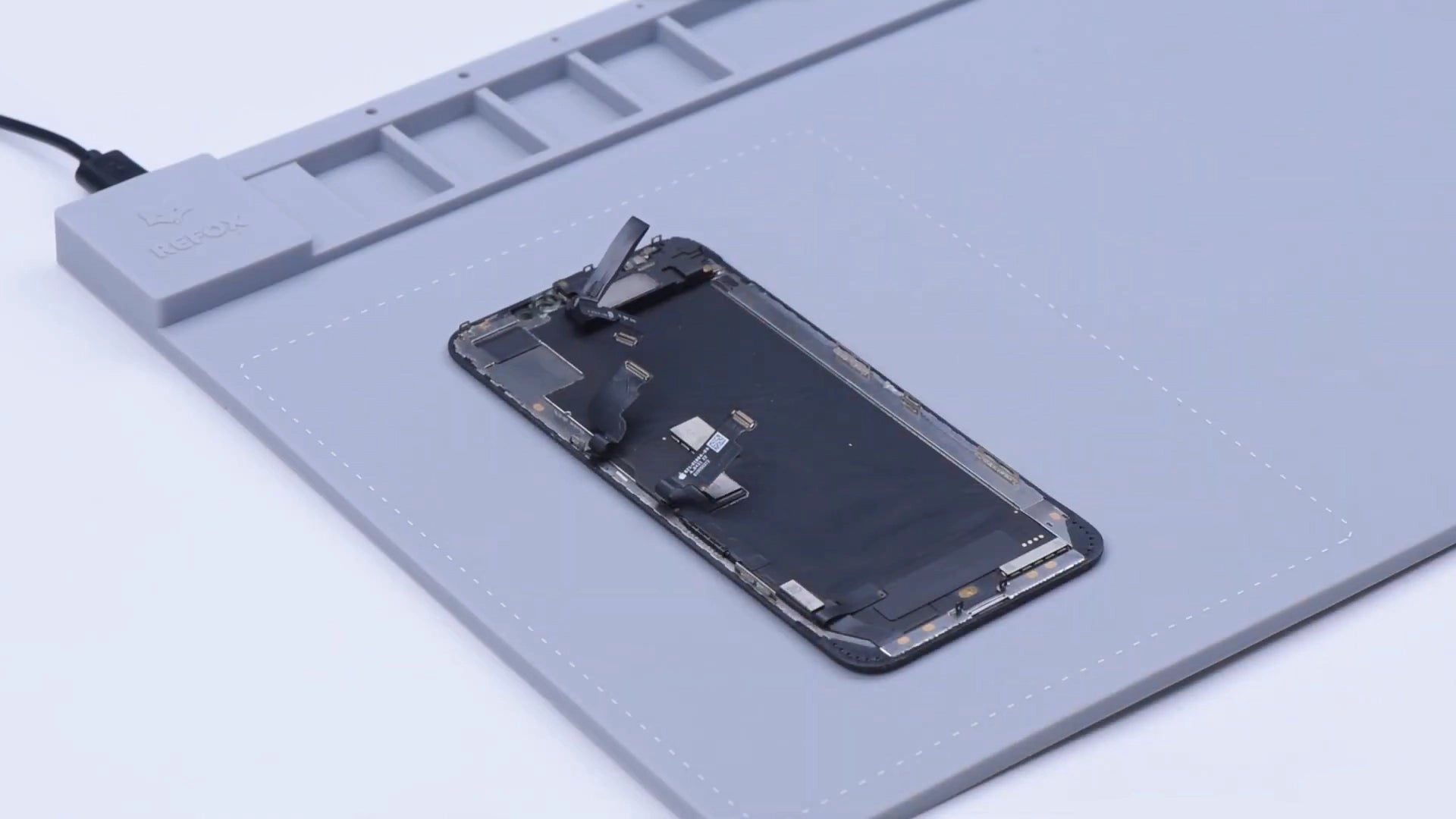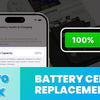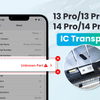Installing an Aftermarket iPhone OLED Display: Tips and Tricks

Upgrading a display for the iPhone with an aftermarket OLED display is a decision that many tech enthusiasts are making today. The reasons are plenty, but the most compelling one is the superior visual experience within the budget. However, in this blog article, we will discuss the basics of installing an aftermarket OLED Display.
What is OLED?
In our previous blog, we provided an overview of OLED displays. However, in short, OLED stands for Organic Light Emitting Diode. This display technology utilizes organic materials to generate light and is recognized for its remarkable color vibrancy, high contrast, and slim design.
Why consider installing an aftermarket OLED display?
The desire for a better viewing experience is the driving force behind this decision. An OLED display promises deeper blacks, vibrant colors, and a higher contrast ratio, which can significantly enhance your device's performance.
Choosing the Right Aftermarket OLED Display
Installing an aftermarket OLED display can be a cost-effective way to upgrade your device. However, it's not as simple as buying the first one you find.
Traditional OLED Screen Replacement: Traditional OLED Screen Replacement is a popular choice for those who want to replace their iPhone screens. It has all the features and functions of the original screen, but there is one major drawback that could cause problems. The Non-Genuine Screen Warning Screen is a common issue that arises when using Traditional OLED Screen Replacement. This warning can be frustrating for iPhone users, as it can affect the performance of their devices.
To resolve this problem, it's crucial to perform repair tasks that require advanced skills, such as replacing the flex cable or utilizing other techniques. Alternatively, you can watch a video tutorial on removing the Non-genuine Screen Warning for iPhone 11-12 devices on REWA's YouTube channel, created by Aftermarket Screens.
REPART Screen: The REPART screen is designed to work seamlessly with your iPhone, providing stunning visuals and smooth performance. Unlike traditional screens that often result in frustrating "non-genuine screen" messages, the REPART screen eliminates this issue entirely.
One of the benefits of the REPART screen is its sleek design. It looks and feels just like the original iPhone screen, giving you a seamless experience that's difficult to distinguish from the real thing.
Additionally, the REPART screen comes with a host of great features, including enhanced color accuracy and improved touch sensitivity. If you're looking for a reliable and high-quality aftermarket iPhone OLED display, the REPART screen is definitely worth considering.
Preparing for Installation
Installing an aftermarket OLED display can be a fun and rewarding task, especially when you have the right tools and knowledge at your disposal.
Keep your fingers safe
According to a recent study, 25% of Americans have accidentally dropped their phones while taking them out of their pocket or purse, while others have dropped them from their lap when standing up. Shockingly, 8% of Americans have even dropped their phones in the toilet!
Dropping a phone often results in a broken screen with shattered pieces, making it important to be careful when replacing the screen. To avoid injuring your fingers, it's recommended to use gloves or tape for protection.
Tools and equipment
To ensure a successful installation, it is important to have a specific set of tools on hand, such as a screwdriver, wire cutters, and a soldering iron. It is also recommended to have professional repair tools, like a Digital Multimeter and Soldering Station, to perform the job efficiently.
Additionally, there are many other tools available that can help save time and improve performance.
Precautions and safety measures to take
Safety should always be paramount. Always disconnect the power before starting the installation process. It's also advisable to wear safety glasses and gloves to protect against any accidental injuries.
Potential Risks and Limitations
Upgrading to an aftermarket OLED display could be a game-changer for your device. However, it has its potential pitfalls.
Possible risks associated with aftermarket OLED display installation
The process of installing an aftermarket OLED display may pose risks such as voiding your device's warranty or causing accidental damage. It requires technical knowledge and careful handling to avoid any mishaps.
Limitations and considerations before making the upgrade
Before taking the plunge, consider factors like cost, compatibility with your device, and the quality of the aftermarket OLED display. Remember, not all aftermarket products offer the same level of performance or longevity as original parts.
Conclusion
Installing an aftermarket OLED display offers numerous advantages, including improved color accuracy, energy efficiency, and a more immersive viewing experience. However, it's essential to consider factors such as compatibility with existing hardware, the installation process, and the cost involved.
-
Posted in
aftermarket, installation, oled, oled display, oled screen, oled technology




